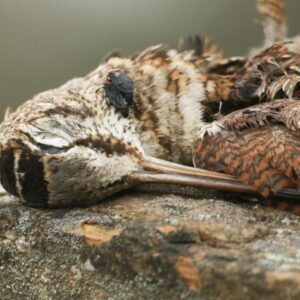Unlikely Partnership Paves the Way for Grasslands Conservation
| Fernando Adauto is a cattle producer in Lavras and a key figure in leading collaborations between cattle producers and conservation groups |
| Cattle born and raised on natural grasslands |
These unique Encuentros have been bringing together Aves Argentinas, SAVE Brasil, Guyra Paraguay and Aves Uruguay – the BirdLife Partners from the region – with a growing number of landowners, experts, government officials and other groups and individuals interested in the conservation of natural grasslands, biodiversity and the traditional gaucho way of life.
Among the many ambitious and exciting projects of the Alliance is a certification system for beef produced on native grasslands, for which they’ve agreed on the overall guidelines and are working out the implementation details. The Alliance is also working with rice producers and on recognizing the ecosystem services provided by natural grasslands and providing economic incentives to conserve them.
As it celebrates five years of these Encuentros, the Alliance asked Nature Canada to carry out an evaluation of its progress. I had the opportunity to do this analysis and participate in the V Encuentro to share the preliminary findings and conduct a workshop to gather feedback from participants. I hope that this evaluation will be helpful to the Alliance in identifying gaps, opportunities and in planning its priority actions for the coming years.
I led a workshop with producers to gather feedback on the preliminary evaluation findings where participants identified the need to bring technical expertise to producers so can they improve the productivity of ranches based on natural pastures. The group has proposed creating an international training program to build on and share existing knowledge and know how.
| Facilitating a workshop with ranchers from the Pampas of South America |
Many of these efforts will benefit the same birds because many of “our” declining grassland birds (including Bobolink and Swainson’s hawk, to name but two) migrate to the grasslands of the Southern Cone of South America.



